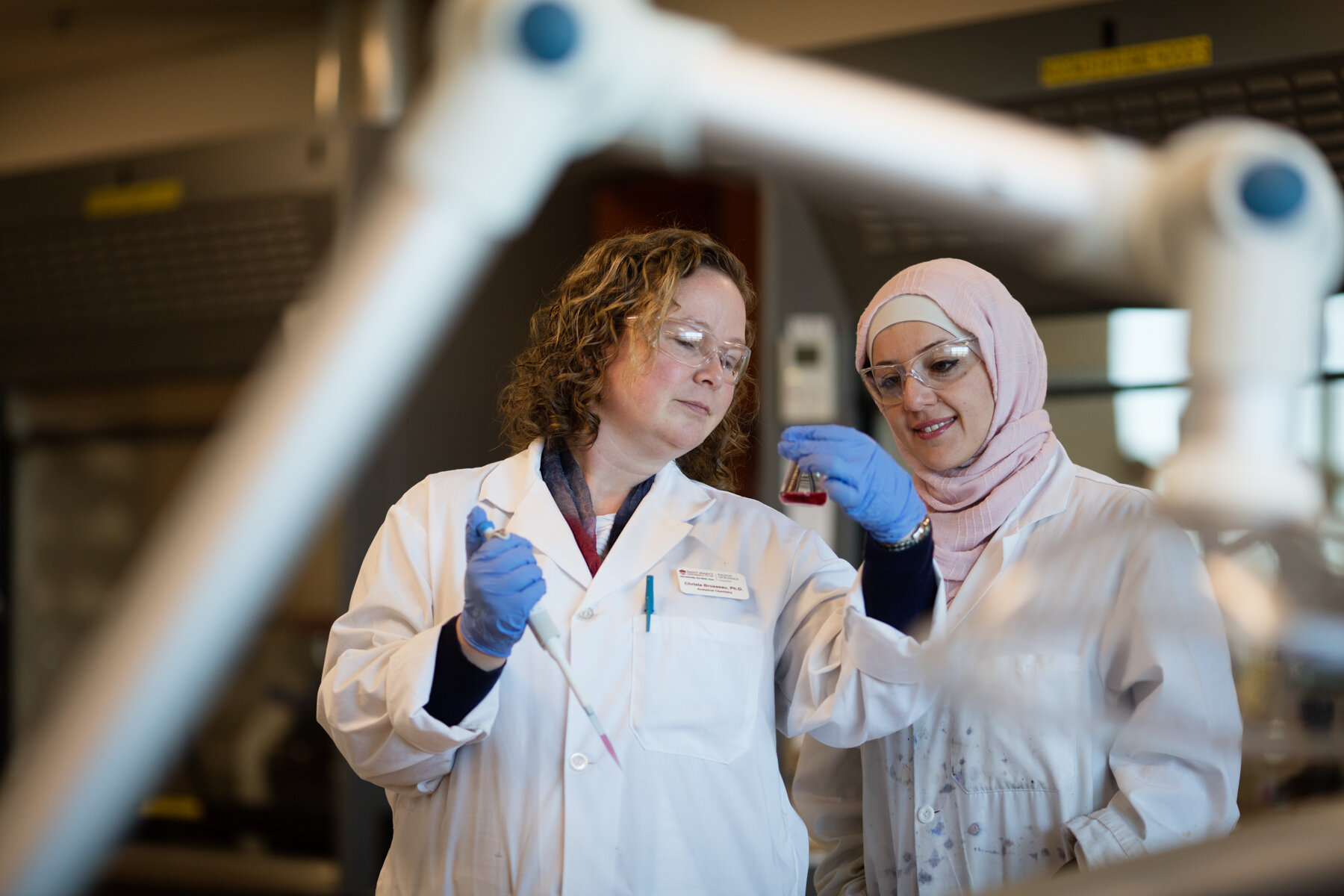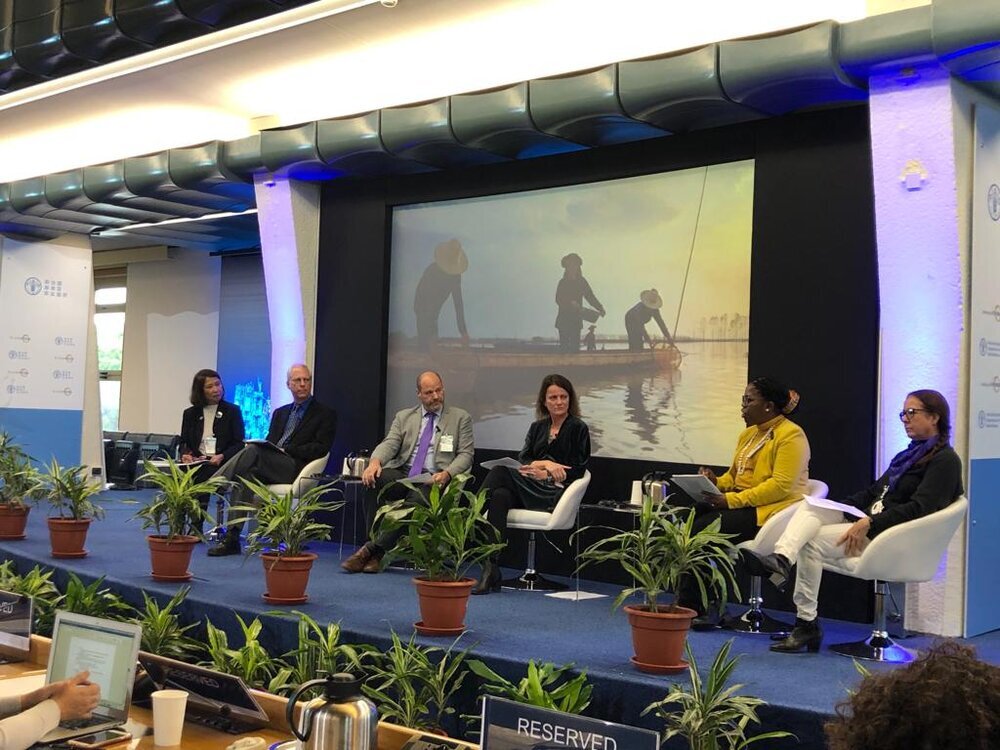Saint Mary’s University researchers have received federal funding for projects totaling $300,000 from the Social Sciences and Humanities Research Council’s Insight Grants competition.
“Research in the social sciences and humanities is a fundamental element of how society understands and interprets itself, providing the insight needed to critically explore the true impact of our established institutions, both positive and negative,” says Dr. Adam Sarty, dean of Graduate Studies and associate vice-president of Research at Saint Mary’s University. “These grant recipients are all challenging key aspects within our culture – from the criminal justice system, to sexual abuse cover-up within the Catholic Church, to workplace incivility, to examinations of medical malpractice. I am very proud of our recipients for their willingness to challenge conventions and engage in this research that enriches both our local and global communities.”
The following is a list of Saint Mary’s Insight Grant recipients:
Recipient: Dr. Meg Ternes (Psychology)
Title: Lie Detection in the Criminal Justice System: Exploring Deception Cues in Field and Laboratory Studies
Dr. Meg Ternes
Description: Most of us are not good lie detectors; lie detection accuracy is usually at chance level. Yet, lies accompanied by powerful emotions and false emotional displays can have major consequences, especially in the criminal justice system where the perceived credibility of an alleged victim’s distress or an offender’s remorse can inform decisions concerning verdicts, sentencing, or parole. For this project, Dr. Ternes and her team will examine the efficacy of nonverbal, verbal, and facial cues to deception (together and separately) using laboratory and field research approaches. The laboratory study will consider emotionally-laden lies and truths told by undergraduate students under controlled conditions, while the field study will consider lies and truths told by criminal suspects in police interviews. The results of these studies will improve our understanding of which combinations of cues contribute the most to deception detection. These results will be shared with professionals in the criminal justice system who have to make these important credibility judgements on a regular basis.
Dr. Cathy Driscoll
Recipient: Dr. Cathy Driscoll (Management)
Title: Exploring Collective Moral Disengagement in Cover-up of Sexual Abuse in the Roman Catholic Church
Description: The broad aim of my research project is to better understand, and effect change in, organizations that are engaged in potentially contradictory practices to their principles, mission, and values. Specifically, this project will focus on institutional and leader moral disengagement in the context of the cover-up of clergy sexual abuse (CSA) of minors in the Roman Catholic Church (RCC). Using content and discourse analysis, I will study current and historic RCC leader discourse from 1990 to 2020 across four countries. Better understanding insights into the organizational dynamics and discourse strategies in this context can provide valuable applications to the RCC with an estimated 1 billion members, as well as to other organizations’ crises, control dynamics, corruption, and misconduct issues (e.g., banks and public sector).
Recipient: Dr. Camilla M. Holmvall (Psychology and Management)
Title: Examining how workplace incivility impacts leader well-being: The moderating role of leader gender
Description: Workplace incivility has been highlighted as highly prevalent in organizations and also highly damaging to employee attitudes, behaviours, and well-being. Research has focused predominantly on mistreatment directed from supervisors toward subordinates, and between coworkers. However, supervisors, managers, and leaders can also be targets of disrespect. Understanding how, and when, leaders’ well-being is impacted by workplace incivility has significant implications, in part due to leaders’ influence on the achievement of the objectives of the organization as well as on their followers’ performance and well-being. In this 5-year mixed-methods grant, we draw on relevant theory (e.g., selective incivility, stereotype activation and threat) to examine the possible different experiences of male and female leaders in terms of both their likelihood of experiencing incivility as well as on its impacts on their well-being.
Recipient: Dr. Blake Brown (History)
Title: A History of Canadian Medical Malpractice Law, 1935-1980
Description: This research will break new and exciting ground in historical research in Canada. It will produce the first history of medical malpractice law in English Canada from 1935 to 1980. One of the most contentious areas of law in the mid twentieth century, malpractice law developed in significantly different ways in Canada than in the United States. The project will explain key changes and trends, and also consider the impacts of technology and the roles of gender, ethnicity and race in shaping the results of malpractice lawsuits. The study ends in 1980, by which time Medicare and the emergence of professional self-regulation complaint systems altered how governments, the medical profession, and individuals approached negligence issues. Focusing primarily on actions against physicians and surgeons, the research will also explore how hospitals and other medical professionals became entangled with litigation. This research will interest historians and also legal scholars, medical professionals, lawyers, policy makers and the general public, since medical malpractice is an important and pressing policy issue.
The Social Sciences and Humanities Research Council’s Insight Grants support research excellence in the social sciences and humanities. Funding is available to both emerging and established scholars for research initiatives of two to five years. Stable support for long-term research initiatives is central to advancing knowledge. It enables scholars to address complex issues about individuals and societies, and to further our collective understanding.
The Social Sciences and Humanities Research Council of Canada (SSHRC) is the federal research funding agency that promotes and supports postsecondary-based research and research training in the humanities and social sciences. By focusing on developing talent, generating insights and forging connections across campuses and communities, SSHRC strategically supports world-leading initiatives that reflect a commitment to ensuring a better future for Canada and the world.
The work SSHRC supports encourages the deepest levels of inquiry. It spurs innovative researchers to learn from one another’s disciplines, delve into multiparty collaborations and achieve common goals for the betterment of Canadian society. Research outcomes are shared with communities, businesses and governments, who use this new knowledge to innovate and improve people’s lives.




















